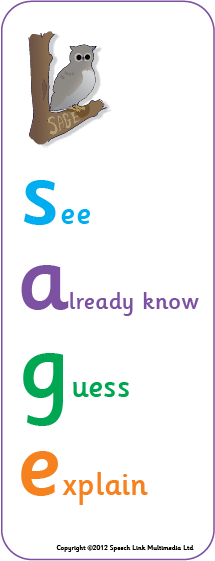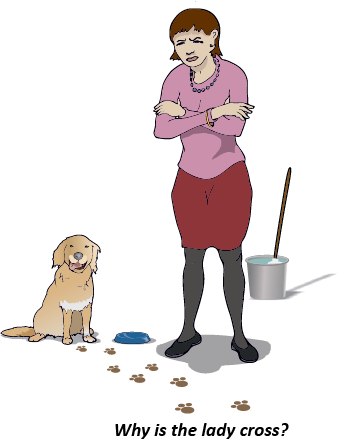Alexea Stevens explains how to improve pupils’ ability to make inferences. An inference is a statement about the unknown made on the basis of the known.
The draft of the 2014 National Curriculum calls for increased emphasis on reading comprehension. The ability to draw inferences is an intrinsic part of understanding what is read.
Inferring can be as simple as associating the pronoun ‘he’ with a previously mentioned male character. It can be as complex as understanding a subtle implicit message conveyed through complex vocabulary. The ability to make inferences is linked to a pupil’s experience of how the world works. They must use what they know to work out something that is unknown.
Some pupils can read accurately and quickly in Year 4 but fail to develop the strategies that help them comprehend what they have read. They lack the ability to grasp the gist of a text and to notice and repair misinterpretations. By struggling to make inferences pupils are unable to build up good reading comprehension strategies.
Kipsal (2008) suggests the ability to draw inferences predetermines reading skills. Pupils who struggle to make inferences will be poor at understanding what they have read. However, pupils will not learn to make inferences only by reading.
Scaffolding
An effective way to help pupils learn to make inferences is by using questions and scaffolding techniques. Pupils should be encouraged to ask themselves ‘why’ questions as they are reading and make predictions as to what will happen next. Experts in ‘Guided Reading’ suggest teaching inference by occasionally using illustration instead of text during guided reading sessions at school.
Language Link Top Tip!
Cue children in by placing a clear acetate over a story scene or page in a picture book. Circle with a pen the part of the picture or text that holds the important information needed to make the inference.
SAGE

The SAGE scaffolding strategy, outlined below can be used during guided reading or for individual pupils. The SAGE strategy (Junior Language Link) uses a series of questions to guide the pupil to the inference. It encourages pupils to use what they already know to work out answers, e.g.

Why is the lady cross?
Adult: ‘What is happening in this picture?’ (See)
Child: ‘The dog is muddy and the lady is cross.’
Adult: ‘What else can you see?’
Child: ‘That bucket and mop.’
Adult: ‘ What did the lady use the mop for?’ (Already know)
Child: ‘To clean the floor.’
Adult: ‘So what had the lady just done?’ (Guess)
Child: ‘She cleaned the floor then the dog came in.’
Adult: ‘That’s right, so why is the lady cross?’ (Explain)
Child: ‘Cos she just cleaned the floor and then the dog came in and made it muddy.’
Once pupils are introduced to this strategy, use a SAGE bookmark to use when reading at home.
To download a free copy of the SAGE resource or to find out more about Junior Language Link visit The Link Online.
Other useful tips
Encourage pupils to generate their own questions for texts.
Highlight key words for pupils in texts.
Ask pupils to explain how they knew or worked out the answer.
References
Kispal, A. (2008) Effective teaching of inference skills for reading: Uterature Review. National Foundation for Educational Research. Report from the Department of Children, Schools and Families (DCSF-RR031).
Please login to view this content
Login